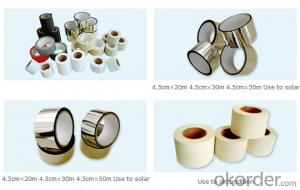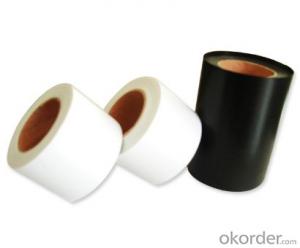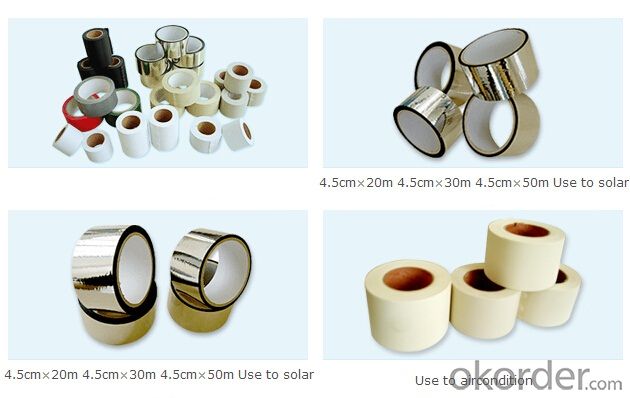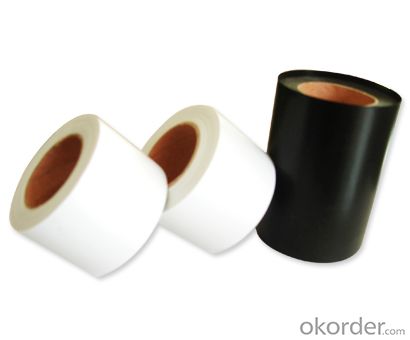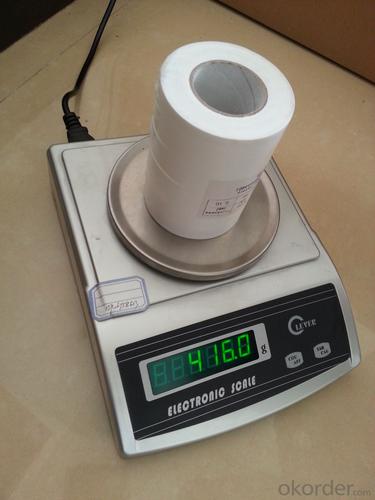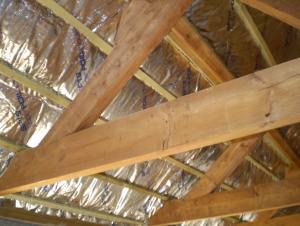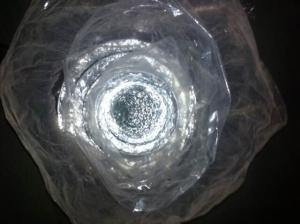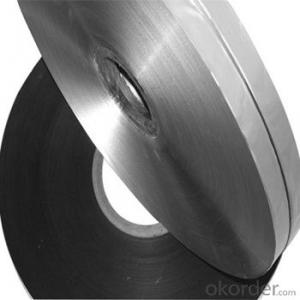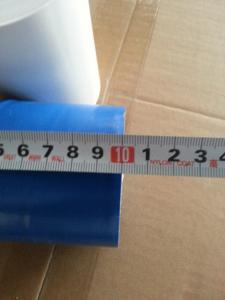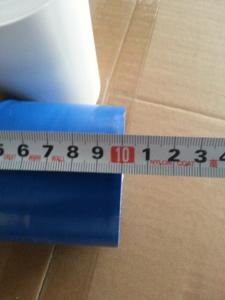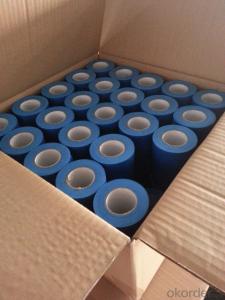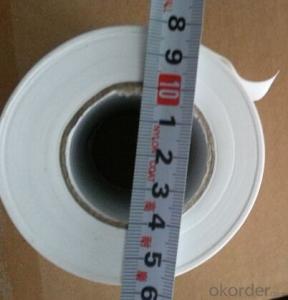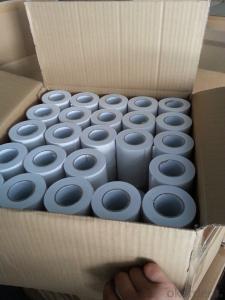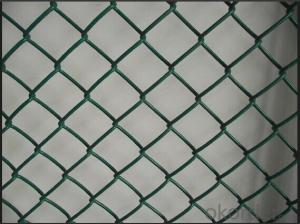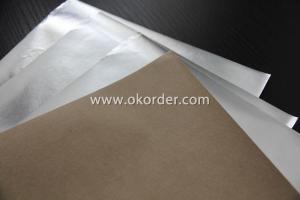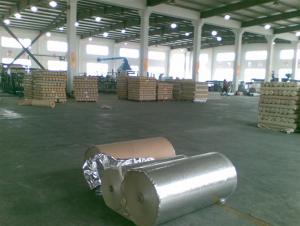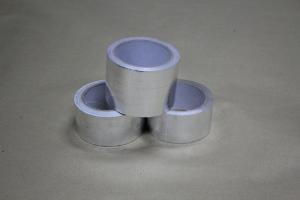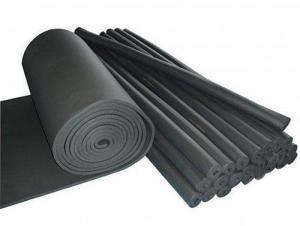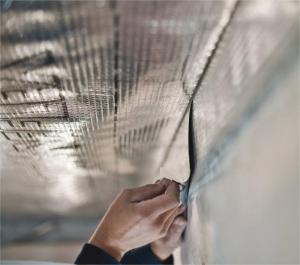Aluminum Foil Facing PVC Cable Ties for HVAC
- Loading Port:
- China Main Port
- Payment Terms:
- TT or LC
- Min Order Qty:
- -
- Supply Capability:
- -
OKorder Service Pledge
OKorder Financial Service
You Might Also Like
1.Structure of Air Conditioning Tie Description
Air Conditioning Tie is designed for Air conditioning and used for HVAC system. Air conditioning tie: general and domestic brand air-conditioning manufacturer for cable tie. We can support you with different color like grey and whited or bule.
2.Main Features of Air conditioning tie
our Air conditioning tie with good and environmental quality of the products for the customer design research and development of different types, different colors and different quality of air conditioning products.
3.Air Conditioning Cable Tie Images
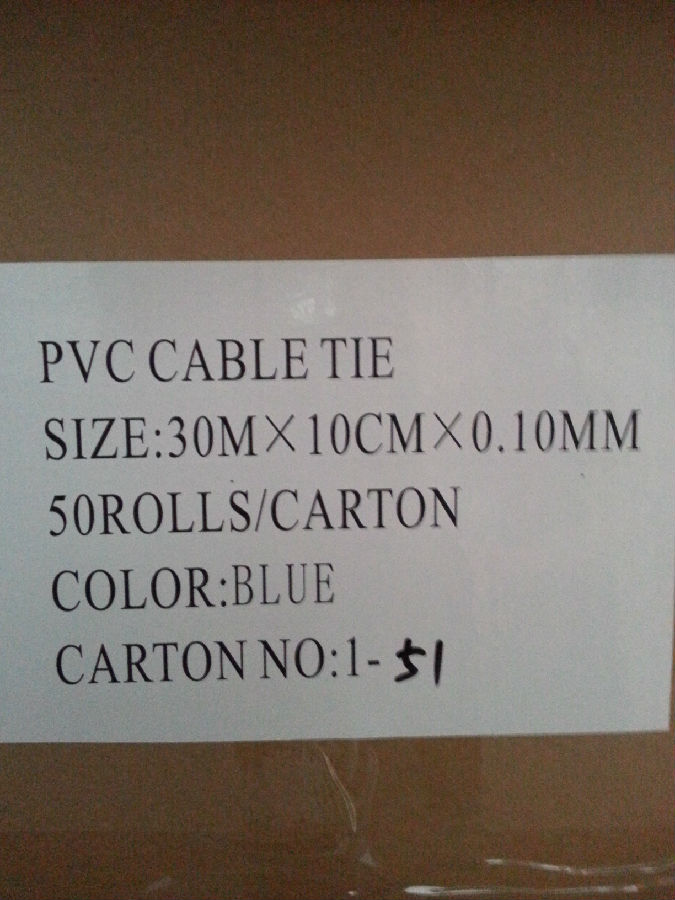
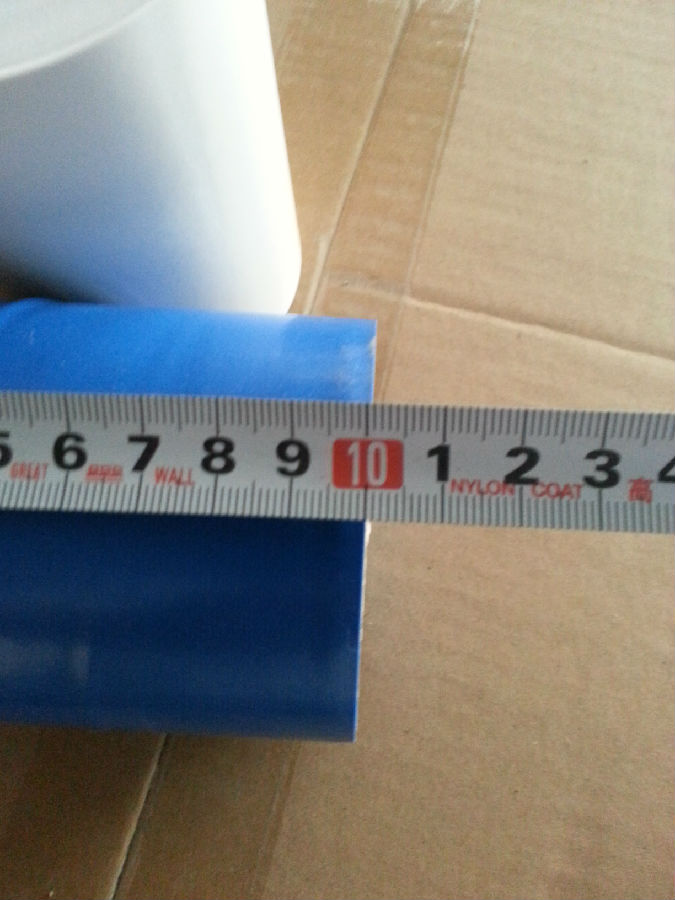
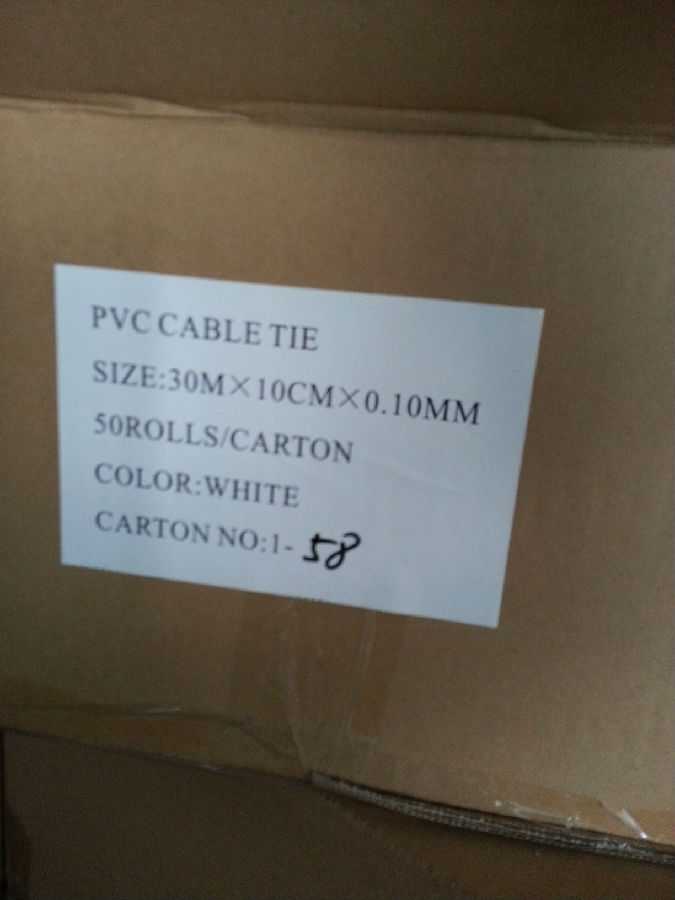
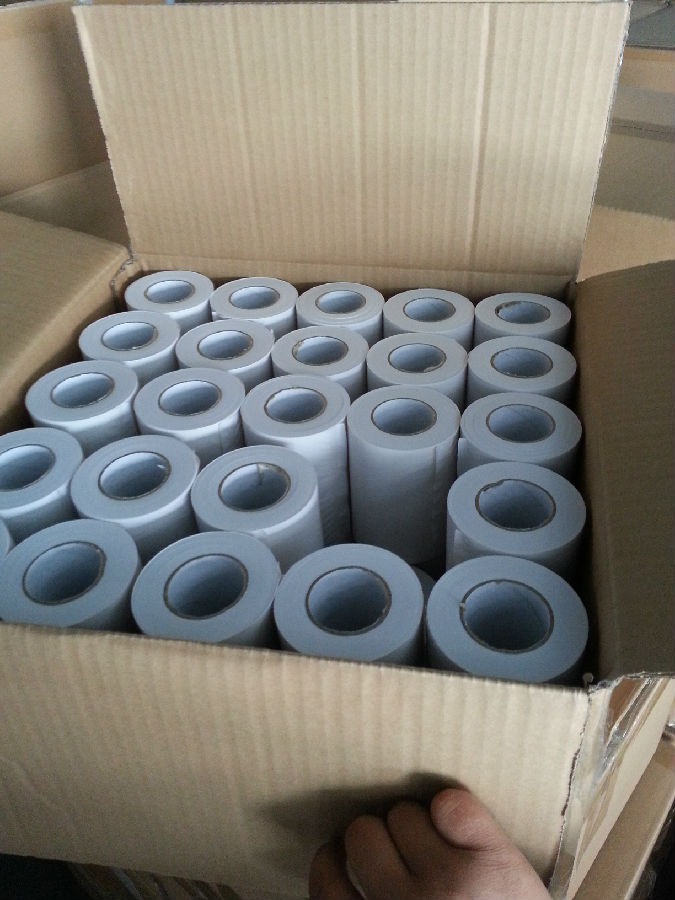
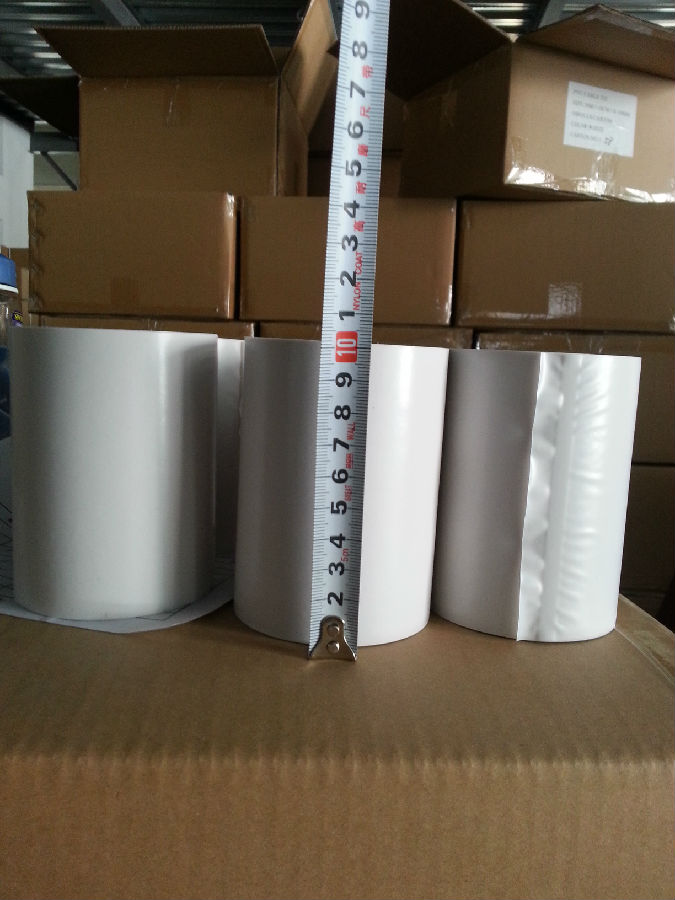
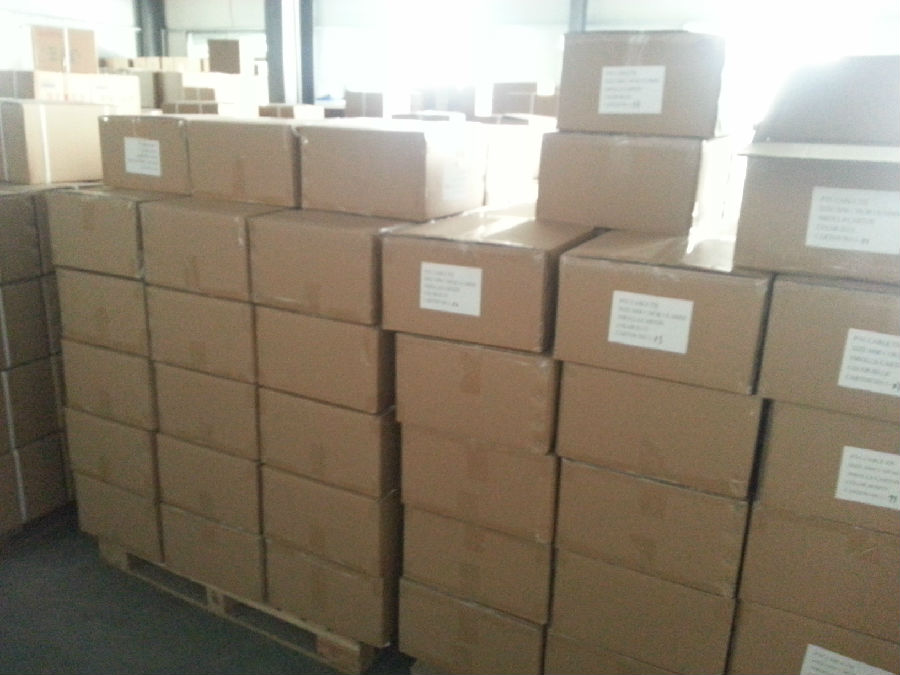
4.Air Conditioning Cable Tie Specification:
0.2 mm * 50 mm * 20 m (thickness * width * length)
5.FAQ
We have organized several common questions for our clients,may help you sincerely:
①How about your company?
A world class manufacturer & supplier of HVAC materials,is one of the large-scale professional investment building materials production bases in China.
②How to guarantee the quality of the products?
We have established the international advanced quality management system,every link from raw material to final product we have strict quality test;We resolutely put an end to unqualified products flowing into the market. At the same time, we will provide necessary follow-up service assurance.
③How long can we receive the product after purchase?
In the purchase of product within three working days, We will arrange the factory delivery as soon as possible. The pecific time of receiving is related to the state and position of customers.Commonly 7 to 10 working days can be served.
- Q: Is inhaling aluminum oxide particles from aluminum foil dangerous to health?
- <p>Breathing in aluminum oxide particles is generally not harmful in small amounts, as the human body can handle trace amounts of aluminum. However, prolonged exposure to high concentrations of aluminum oxide dust can cause respiratory issues and may have potential health risks. It is always advisable to handle aluminum foil and other materials that could generate dust in a well-ventilated area to minimize the risk of inhalation.</p>
- Q: This question asks for signs or methods to identify if the aluminum foil facing of a product, such as insulation or a jacket, is damaged or defective.
- <p>To determine if your aluminum foil facing is damaged or defective, look for visible signs such as tears, punctures, or holes. Check for any discoloration or rust, which could indicate corrosion. The foil should be smooth and uniform; any irregularities or bubbling might suggest a defect. Additionally, test the integrity by gently pulling or pressing the foil鈥攊f it easily tears or crumples, it may be compromised. For insulation, a damaged foil facing can lead to reduced effectiveness in heat or cold retention, so also consider the performance of the item.</p>
- Q: Is aluminum foil a healthier alternative to plastic wrap?
- <p>Aluminum foil may have some health benefits over plastic wrap due to its non-porous nature, which prevents the absorption of flavors and odors. It's also heat resistant, making it suitable for cooking and reheating food. However, aluminum foil doesn't cling to surfaces as well as plastic wrap, making it less convenient for sealing food. Additionally, there are concerns about aluminum exposure, though the risk is considered low when used in cooking. It's important to note that the health benefits of using aluminum foil over plastic wrap are not definitively established, and both have their pros and cons.</p>
- Q: Is it possible to use aluminum foil as a cooking utensil for stir-frying or sauteing food?
- <p>While aluminum foil can be used in some cooking applications, it is not recommended for stir-frying or sauteing due to its low melting point and potential for tearing. Aluminum foil can melt at high temperatures, which are often used in stir-frying and sauteing, leading to a fire hazard or uneven cooking. Additionally, the foil may tear or puncture easily, releasing aluminum particles into the food, which is not safe. Instead, use proper cookware like non-stick pans or stainless steel for these cooking methods.</p>
- Q: Is it possible to use aluminum foil as a replacement for tin foil in cooking and food preservation?
- <p>While aluminum foil and tin foil are both used for cooking and food storage, they have different properties. Aluminum foil is commonly used for its heat conductivity and is suitable for most cooking and wrapping needs. However, tin foil, which is actually a thin sheet of aluminum coated with a thin layer of tin, is less reactive and can be better for certain applications, especially when preserving the taste and aroma of food. It's generally safe to use aluminum foil as a substitute, but it might not offer the same non-reactive properties as tin foil in all cases. Always ensure that the aluminum foil is food-grade and avoid using it with acidic foods, as this can cause the aluminum to leach into the food.</p>
- Q: What are the optimal practices for storing food using aluminum foil, considering the direction of the foil's facing?
- <p>The best way to store food in aluminum foil is to ensure that the dull side faces the food and the shiny side is on the outside. This is because the dull side is more heat resistant and less likely to contaminate the food with any potential chemicals from the foil. When wrapping food, seal the edges tightly to keep air and moisture out, which helps in preserving the freshness and quality of the food. Always use aluminum foil as a single-use item to avoid any potential transfer of bacteria or contaminants from previous uses.</p>
- Q: This question asks about the various types of aluminum foil facing that can be found in the market.
- <p>Aluminum foil facing is commonly used in construction for insulation and moisture protection. The different types available on the market include: 1) Plain Foil Facing, which is a simple, smooth aluminum surface; 2) Embossed Foil Facing, featuring a textured pattern for added strength; 3) Reinforced Foil Facing, which incorporates additional materials for enhanced durability; 4) Coated Foil Facing, where the aluminum is coated with other substances to improve performance; and 5) Laminated Foil Facing, which combines aluminum with other materials for specific applications. Each type serves different purposes and has unique properties that cater to various construction and industrial needs.</p>
- Q: Explain the distinct characteristics of aluminum foil facing compared to other metal facings.
- <p>Aluminum foil facing is a type of metal facing material that is made from thin sheets of aluminum, known for its light weight, high reflectivity, and excellent heat resistance. It is commonly used in construction for insulation and moisture protection. In contrast, other types of metal facings, such as steel or copper, may offer different properties. Steel facings are often stronger and more durable but can be heavier and less resistant to corrosion without protective coatings. Copper facings are known for their natural resistance to corrosion and can be used in applications requiring antimicrobial properties or high thermal and electrical conductivity. Each type of metal facing has its unique advantages and is chosen based on specific application needs.</p>
- Q: Does using aluminum foil facing have any positive effects on health when baking bread?
- <p>Using aluminum foil facing when baking bread does not directly provide health benefits. However, it can help in achieving a more even bake and a better crust, which may enhance the overall quality of the bread. Aluminum foil facing can also prevent bread from burning by reflecting heat away from the bread's surface. While this doesn't impact health, it can improve the bread's taste and texture, which might indirectly contribute to a more enjoyable eating experience and potentially encourage healthier food choices.</p>
- Q: Is it possible to recycle aluminum foil with a plastic facing in various countries?
- <p>Recycling practices for aluminum foil with plastic facing vary by country. In some regions, such as parts of Europe and North America, recycling facilities may accept and separate aluminum foil from its plastic lining. However, in other countries, this type of material might not be recyclable due to the difficulty in separating the aluminum from the plastic. It's essential to check local recycling guidelines, as the ability to recycle aluminum foil with plastic facing largely depends on the infrastructure and capabilities of local recycling centers.</p>
Send your message to us
Aluminum Foil Facing PVC Cable Ties for HVAC
- Loading Port:
- China Main Port
- Payment Terms:
- TT or LC
- Min Order Qty:
- -
- Supply Capability:
- -
OKorder Service Pledge
OKorder Financial Service
Similar products
Hot products
Hot Searches
Related keywords
